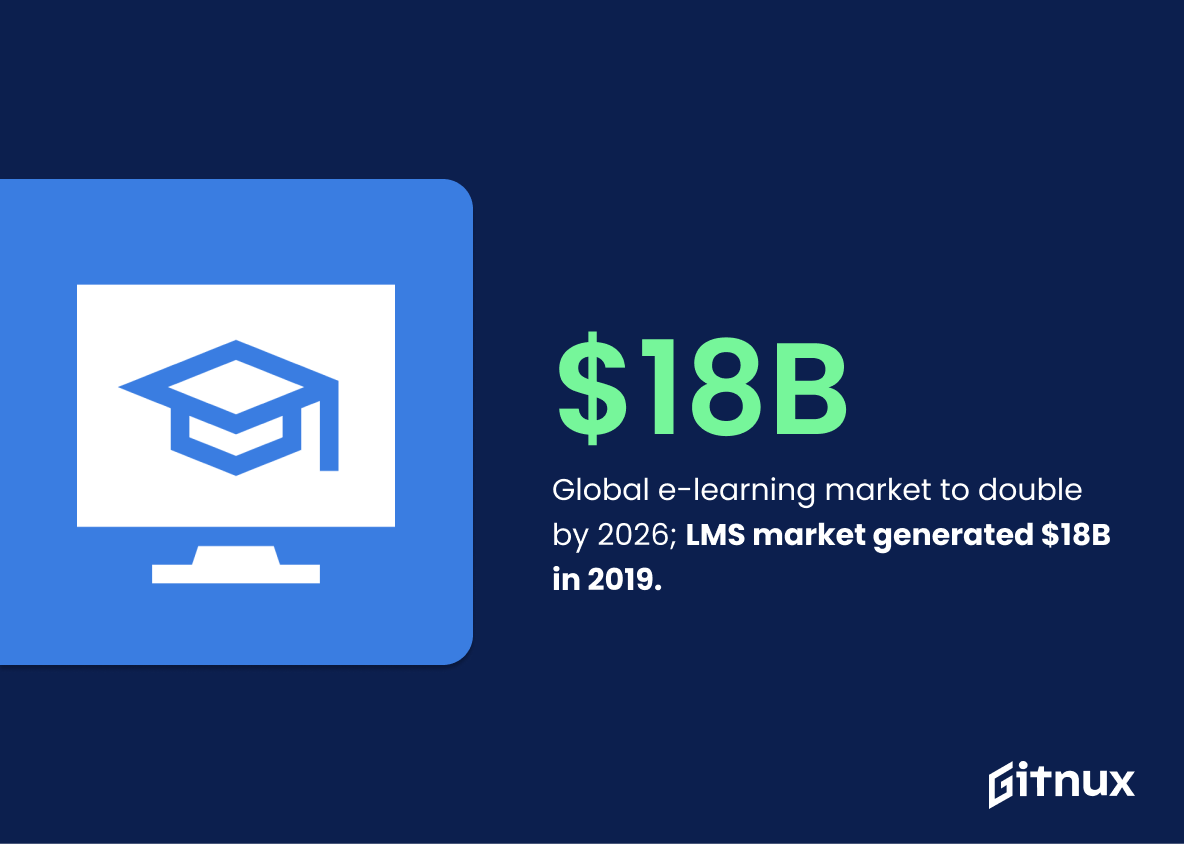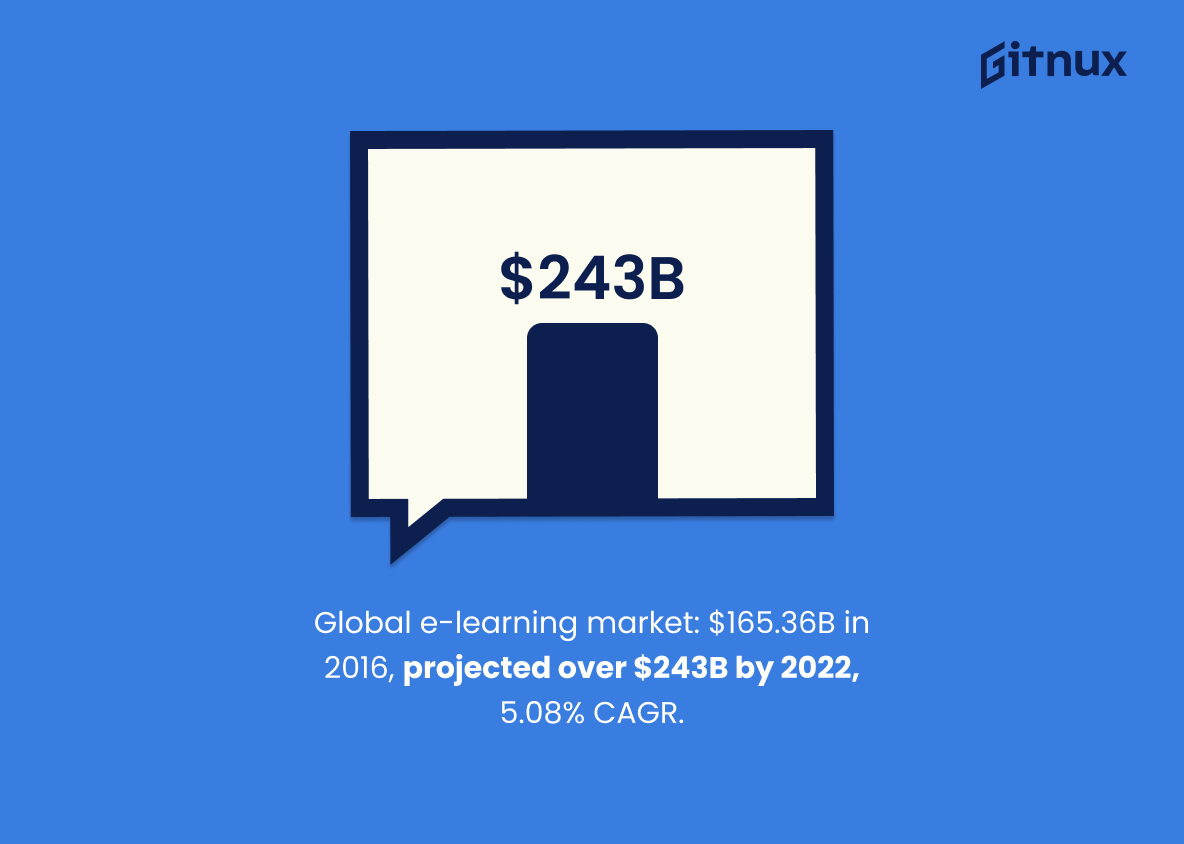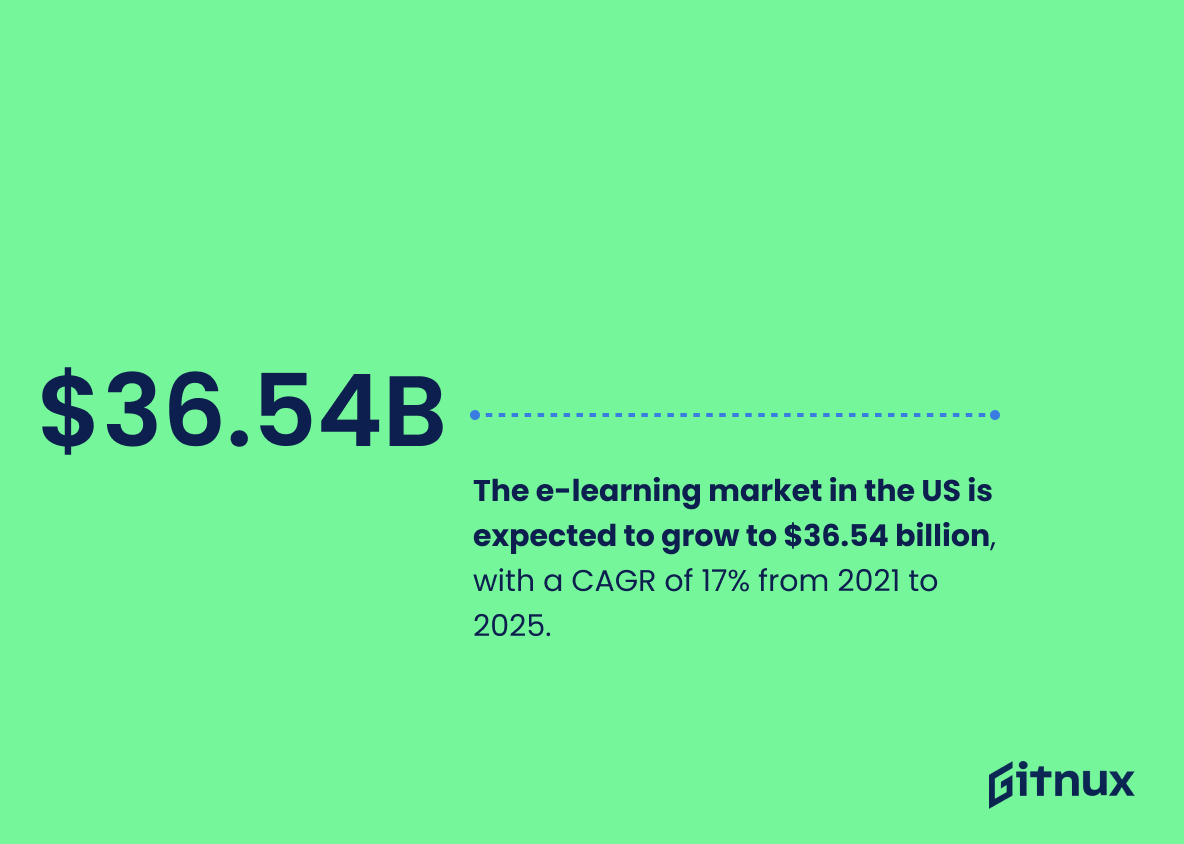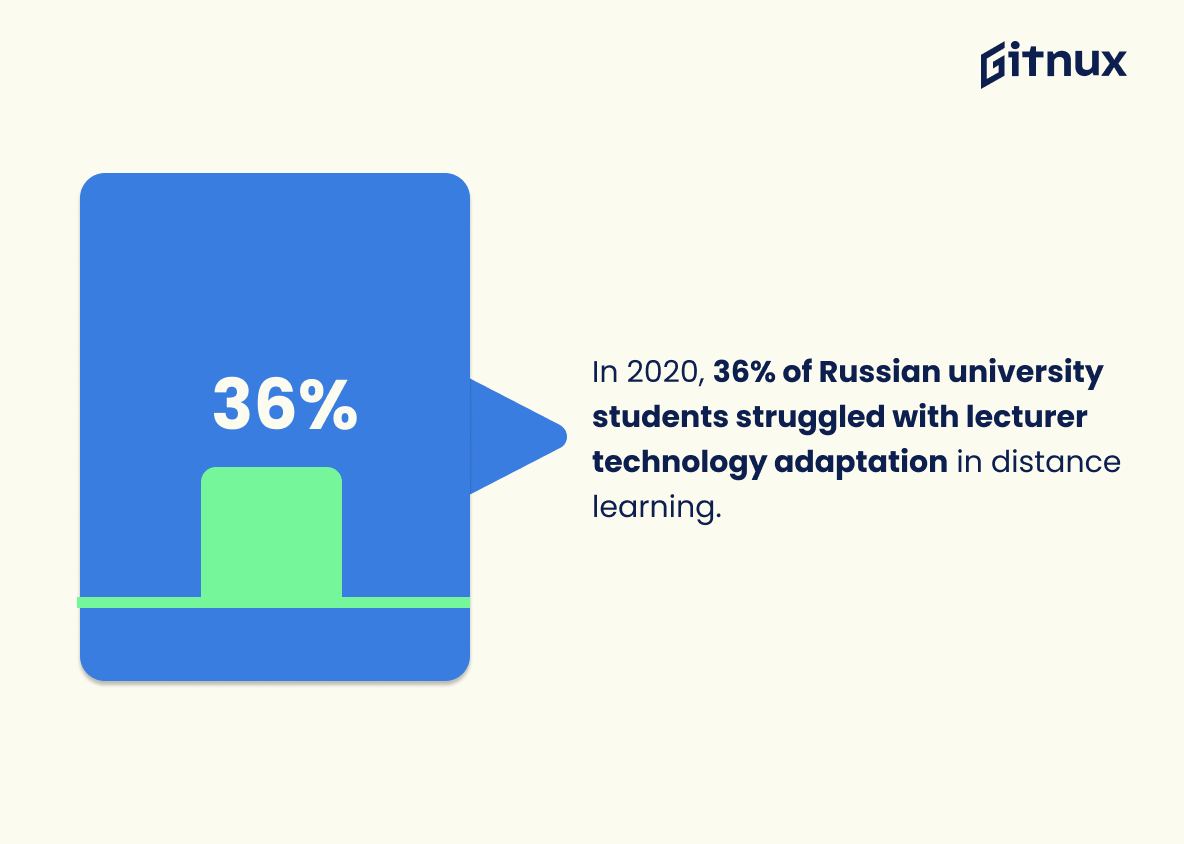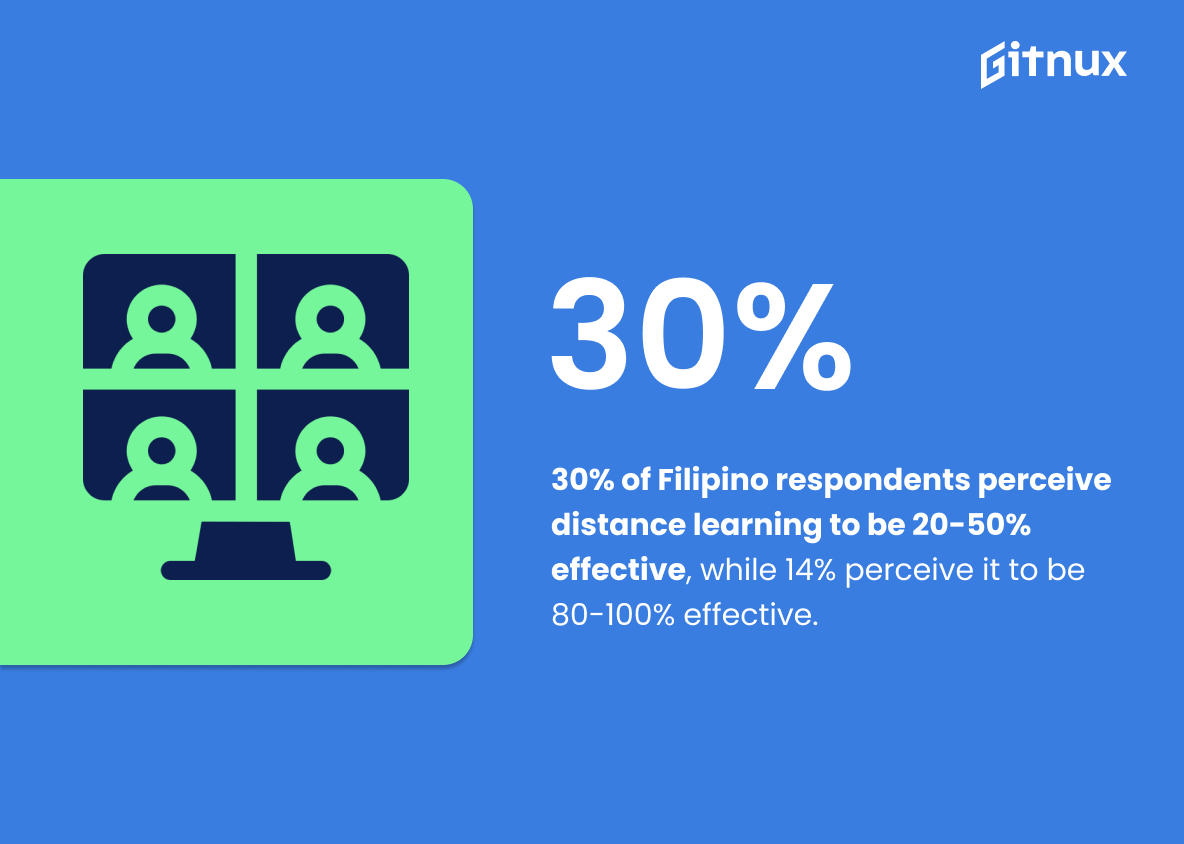As the world continues to move towards a more digital-focused future, the importance of e-learning and digital education is becoming increasingly apparent.
With the rise of online learning platforms, more and more students are turning to digital education as a way to further their education and gain new skills. But what do the statistics say about the current state of e-learning and digital education?
In this blog post, we’ll take a look at some of the most interesting e-learning and digital education statistics, and explore what they mean for the future of education.
E-Learning And Digital Education: The Most Important Statistics
The global e-learning market was worth 165.36 billion US dollars in 2016 and is projected to surpass 243 billion US dollars at a 5.08% CAGR in 2022.
The e-learning market in the US is expected to grow to $36.54 billion, with a CAGR of 17% from 2021 to 2025.
E-Learning And Digital Education: Statistics Overview
The global e-learning market is projected to double in size by 2026, and the learning management system (LMS) market generated 18 billion U.S. dollars in 2019.
This statistic is important because it shows the growth of the e-learning market and the potential for digital education. This data can help inform decisions about investing in e-learning and digital education.
The global e-learning market was worth 165.36 billion US dollars in 2016 and is projected to surpass 243 billion US dollars at a 5.08% CAGR in 2022.
This statistic shows the growth of the e-learning market worldwide, which is an indication of the increasing popularity of e-learning and digital education. This growth is important for businesses and educational institutions to understand in order to make informed decisions about their investments in e-learning and digital education.
The e-learning market in the US is expected to grow to $36.54 billion, with a CAGR of 17% from 2021 to 2025.
This statistic is important as it provides an overview of the current and future size of the e-learning market in the US, as well as the key drivers and challenges that will affect its growth. This information can be used to inform strategic decisions about investments in e-learning and digital education.
36% of Russian university students reported poor adaptation to new technologies by lecturers as a difficulty of distance learning in 2020.
This statistic highlights the need for lecturers to be trained in the use of new technologies for distance learning. Poor adaptation to new technologies can lead to a lack of functionality and software instability, which can negatively impact the quality of distance learning.
This statistic is a reminder that lecturers must be adequately trained in the use of new technologies in order to ensure successful distance learning.
Microsoft Teams was the most widely used application for online lessons in Poland in 2020, followed by Zoom and Messenger.
This shows which applications are the most popular for delivering online lessons in Poland, which can help inform decisions on which applications to use for e-learning and digital education.
30% of Filipino respondents perceive distance learning to be 20-50% effective, while 14% perceive it to be 80-100% effective.
This statistic is important as it provides insight into how effective distance learning is perceived to be in the Philippines. This information can be used to inform decisions about the implementation of distance learning in the future and to assess the effectiveness of current distance learning models.
400 French professionals judged synchronous modalities (face-to-face and virtual classroom) to be the most effective training strategies, followed by e-learning modalities.
This statistic is important because it shows that synchronous modalities are the most effective training strategies in France in 2021.
This is significant because it suggests that synchronous modalities are the best way to deliver training in the digital age, and that e-learning modalities should be used as a supplement to these strategies. This information can be used to inform decisions about how to best deliver digital education and training in France.
Conclusion
In conclusion, the statistics on e-learning and digital education show that it is becoming increasingly popular and is here to stay. With the rise of technology and the need for more flexible learning, e-learning and digital education are becoming more and more important in the education system.
As technology continues to evolve, so too will the use of e-learning and digital education. It is important to stay up to date on the latest trends and statistics in order to ensure that students are getting the best education possible.
References
1 – https://www.statista.com/statistics/1130331/e-learning-market-size-segment-worldwide/
2 – https://www.statista.com/statistics/501104/worldwide-elearning-market-size/
3 – https://statistics.technavio.org/statistics/e-learning-challenges
4 – https://www.statista.com/statistics/1193617/main-difficulties-with-shifting-education-to-online-in-russia/
5 – https://www.statista.com/statistics/1201994/poland-e-learning-tools-used-for-online-lessons/
6 – https://www.statista.com/statistics/710271/south-korea-universities-e-learning-tools-development/
7 – https://ieee-dataport.org/documents/student-performance-and-engagement-prediction-elearning-datasets
8 – https://figshare.com/articles/dataset/Educational_data_mining_-_traditional_vs_online_learning/14330447/5
9 – https://www.statista.com/statistics/1262427/philippines-view-on-effectiveness-of-distance-learning-compared-to-face-to-face-schooling/
10 – https://www.statista.com/statistics/1218863/modalities-effectiveness-digital-learning-training-companies-france/
ZipDo, cited June 2023: E Learning And Digital Education Statistics
